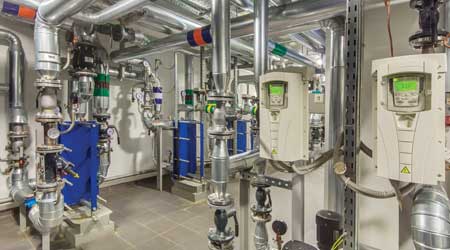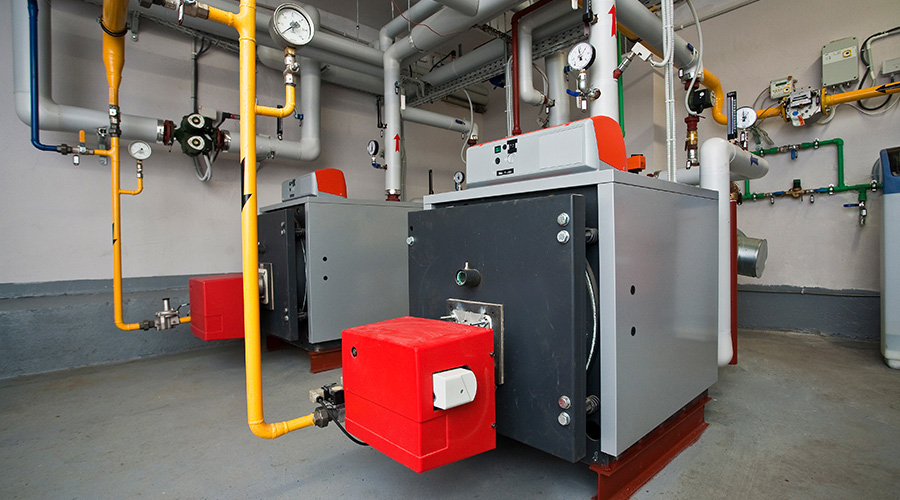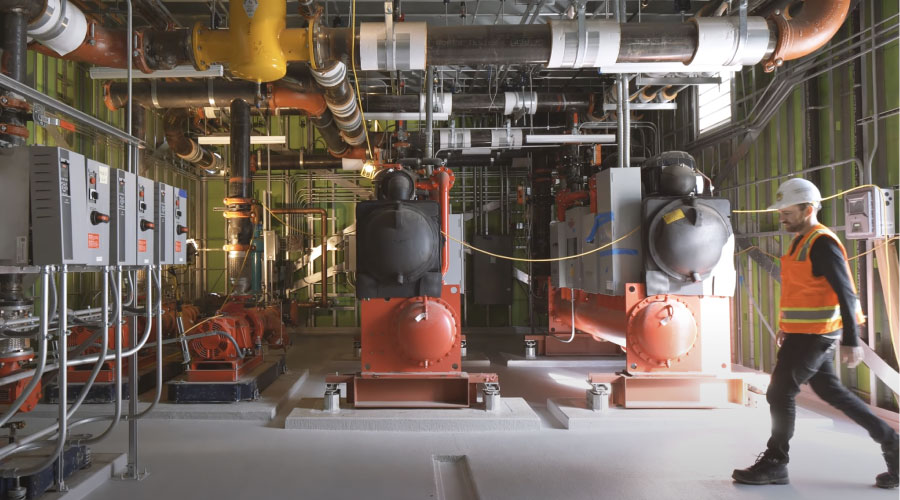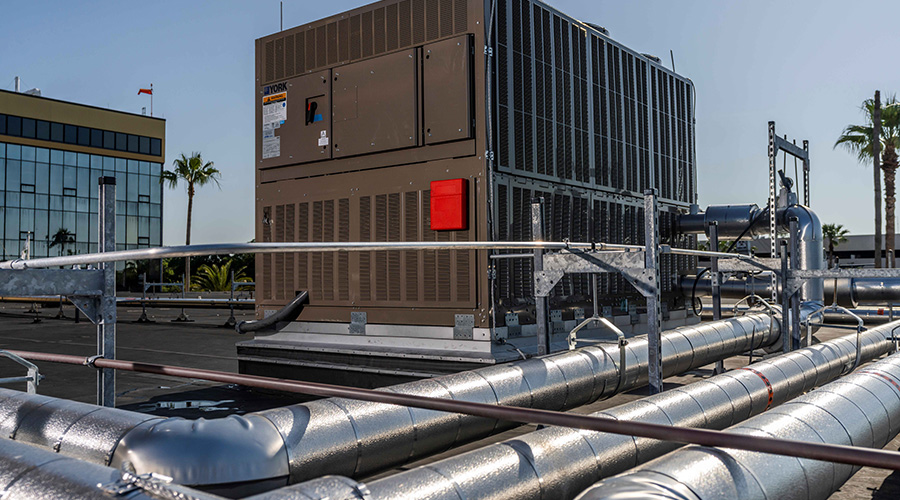Boilers and Water Heaters: Maintenance Strategies
By understanding system operations, maintenance needs and training considerations, managers can ensure efficient performance
When conducting testing, inspection, and troubleshooting of heating-water boilers, technicians need to pay close attention to these common trouble spots and issues:
• Pressure-relief valves, Manually check quarterly, and pressure test annually.
• High-temperature limit controls
• Gas trains, including gas valves, high- and low-gas-pressure switches, valves, and pressure-switch vent lines
• Gas leaks
• Flue corrosion and leaks
• Pilot quality
• Combustion-air dampers
• Annual gas-burner testing and tuning
• Flue-condensate neutralizer
• Pumps. Lubricate annually or as recommended by the manufacturer. Check couplings and alignment annually.
• Makeup-water systems
• Expansion tanks.
When conducting testing, inspection and troubleshooting of domestic water heating boiler, technicians should look for these common trouble spots and issues:
• Pressure relief valves. Following installation, the valve lever must be operated at least once a year to keep waterways clear. Some insurance companies recommend testing every two months. Certain naturally occurring mineral deposits may adhere to the valve, blocking waterways and rendering it inoperative. When the lever is operated, hot water will discharge if the waterways are clear.
• Temperature and pressure-relief valves. Technicians should remove and inspect these components at least once every three years and replace them if necessary. This process ensures that the product has not been affected by corrosive water conditions and that the valve and discharge line have not been altered or tampered with illegally. Certain naturally occurring conditions might corrode the valve or its components, rendering them inoperative. Technicians can only detect such conditions if they remove and inspect the valve and its components.
• Routine flushing of dead-leg piping is recommend monthly to limit biofilm growth
• Routine flushing of the storage tank is recommend quarterly to limit sediment accumulation and biofilm growth.
• High-temperature-limit controls
• Gas trains, including gas valves, high- and low-gas-pressure switches, valves and pressure switch vent lines
• Gas leaks
• Flue corrosion and leaks
• Pilot quality
• Combustion-air dampers
• Annual gas-burner testing and tuning
• Flue-condensate neutralizer
• Recirculating pumps should be lubricated annually or as recommended by the manufacturer. Also, check couplings and alignment annually.
These maintenance issues are key points in a full maintenance program and are only recommended as guidelines to incorporate into a program that meets the requirements of the equipment manufacturer, the facility’s insurance carrier, and state and local codes. Technicians also should take precautions designed to avoid personal injury from contact with high-voltage electricity, dangerous gasses, and hot water, including always wearing safety glasses and appropriate personal protection equipment.
Kenneth P. Urick, LEED AP, CxT, QCxP, CCP, EMP, is a senior commissioning authority for Smith Seckman Reid — www.ssr-inc.com — in Central Florida. He has dedicated more than 40 years to improving building performance, including experience in the maintenance, service, troubleshooting, and commissioning complex mechanical and plumbing systems.
Related Topics:















